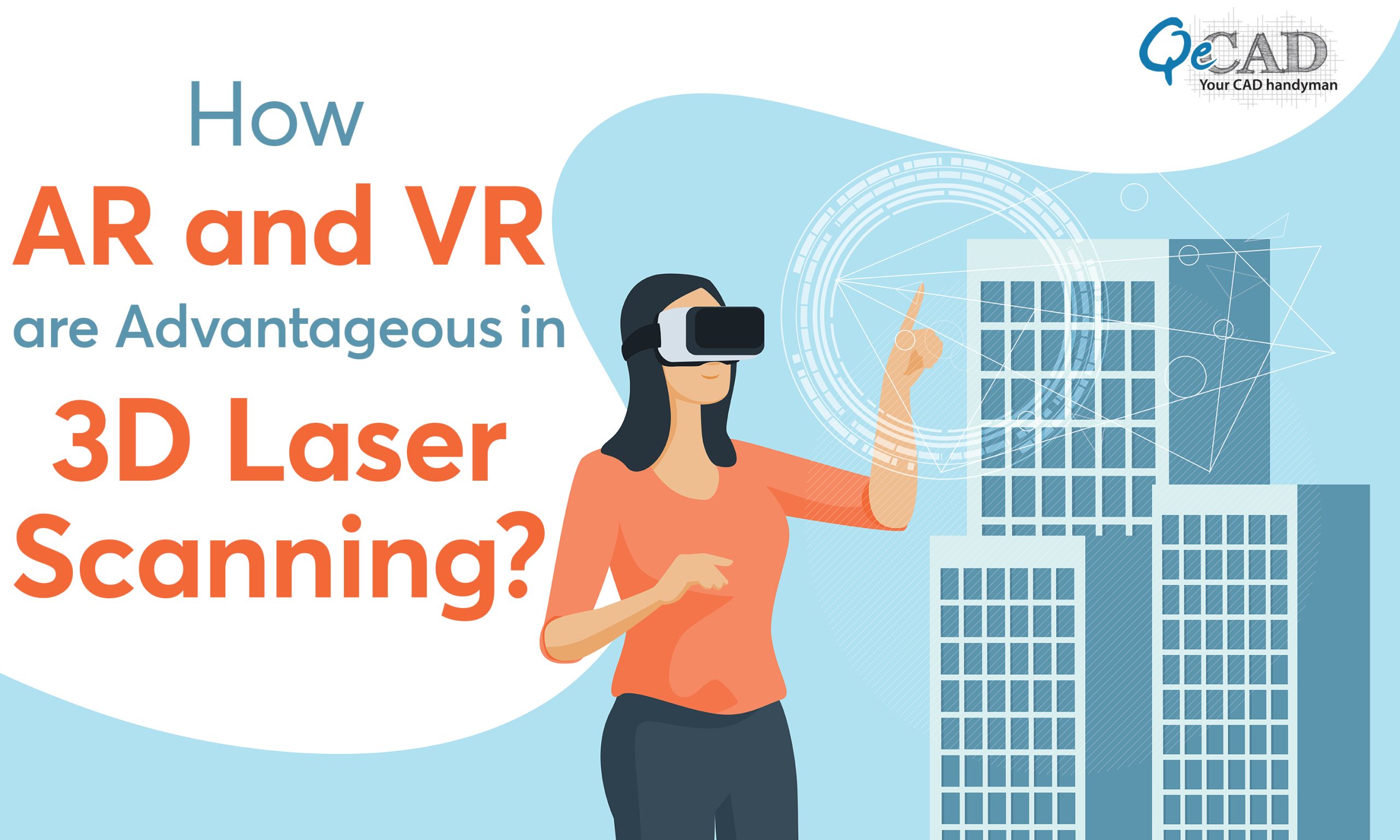
AR (Augmented Reality) and VR (Virtual Reality) technologies have revolutionized various industries, including the field of 3D laser scanning. 3D laser scanning is a process of capturing the geometry, dimension, and spatial information of any physical object or environment using photogrammetry or laser technology. AR and VR provide significant advantages to enhance the capabilities and usability of 3D laser scanning systems, enabling more efficient and immersive experiences.
Here are some ways in which AR and VR contribute to 3D laser scanning:
1) Visualization and Simulation:
AR and VR allow users to visualize and simulate 3D laser scanning data in real time. With AR, users can overlay the captured 3D point cloud or model onto the real-world environment, enabling them to see the scanned object or environment in its actual context using Scan to BIM Services. This helps in better understanding spatial relationships and potential design constraints. For example, in architecture and construction, architects and engineers can visualize how a new structure would fit into an existing environment. In manufacturing, designers can validate how a new component will interact with existing machinery. This real-time visualization and simulation capability significantly aid decision-making processes.
VR, on the other hand, provides a fully immersive experience by creating a virtual environment using 3D Rendering Services where users can explore and interact with the scanned data as if they were physically present. This aids in design validation, training simulations, and virtual walkthroughs. For example, in automotive design, VR can simulate how a car prototype looks and feels, allowing designers to evaluate ergonomics and aesthetics before physical production. In construction, VR can enable virtual walkthroughs of architectural designs, allowing stakeholders to identify potential issues and make changes before the construction phase.
2) Improved Accuracy and Precision:
AR and VR technologies can assist in improving the accuracy and precision of 3D laser scanning processes. By integrating AR with laser scanning devices, operators can view real-time feedback and guidance directly in their field of view, ensuring proper positioning and alignment of the scanner. This minimizes errors and reduces the need for re-scanning. For example, AR can project a virtual guide onto the physical object, showing the operator where to position the scanner or highlighting areas that require more scans.
VR can be utilized for precise data manipulation and editing. Users can virtually move and rotate the scanned object or environment, enabling detailed analysis and adjustments for accurate measurements or modeling. Additionally, VR allows for the extraction of precise measurements from the scanned data, as users can interact with the virtual environment and tools to make precise measurements, such as distances, angles, and volumes. This ability to manipulate and analyze the data in a virtual environment enhances the accuracy and precision of 3D laser scanning workflows.
3) Collaboration and Communication:
AR and VR facilitate better collaboration and communication among stakeholders involved in 3D laser scanning projects. With AR, multiple users can view and interact with the same 3D scan simultaneously, even if they are geographically dispersed. This promotes effective communication, enables remote collaboration, and facilitates decision-making processes. For example, in architecture and engineering projects, stakeholders from different disciplines can view and discuss the 3D scan together, improving coordination and reducing errors.
VR takes collaboration a step further by providing an immersive shared virtual space where users can collaborate in real-time, annotate the scan data, and exchange ideas as if they were physically present. This enables interdisciplinary teams to work together seamlessly, regardless of their physical locations. VR-based collaboration also facilitates effective communication with clients or stakeholders who may not have technical expertise, as they can experience and provide feedback on the scan data in an intuitive and immersive manner.
4) Training and Education:
AR and VR technologies are valuable tools for training and education in the field of 3D laser scanning. With AR, trainees can overlay virtual instructions or annotations onto the real-world environment, guiding them through the scanning process step by step. This helps in training new operators and reduces the learning curve. For example, trainees can follow virtual prompts projected onto the physical object, ensuring they capture all the required data accurately.
VR offers realistic simulated environments where users can practice scanning techniques, learn about different scanning devices, and gain hands-on experience without the need for physical objects or environments. This is particularly useful for training operators in complex or hazardous environments where physical training may be challenging or risky. VR-based training also allows for repetition and self-paced learning, enabling trainees to develop proficiency and confidence in 3D laser scanning.
Concluding:
AR and VR technologies enhance the capabilities of 3D laser scanning by providing visualization and simulation, improving accuracy and precision, facilitating collaboration and communication, and supporting training and education. These technologies revolutionize the way stakeholders interact with 3D scan data, enabling better decision-making, streamlined workflows, and immersive experiences. As AR and VR continue to evolve, their integration with 3D laser scanning will unlock new possibilities and drive further advancements in various industries.
